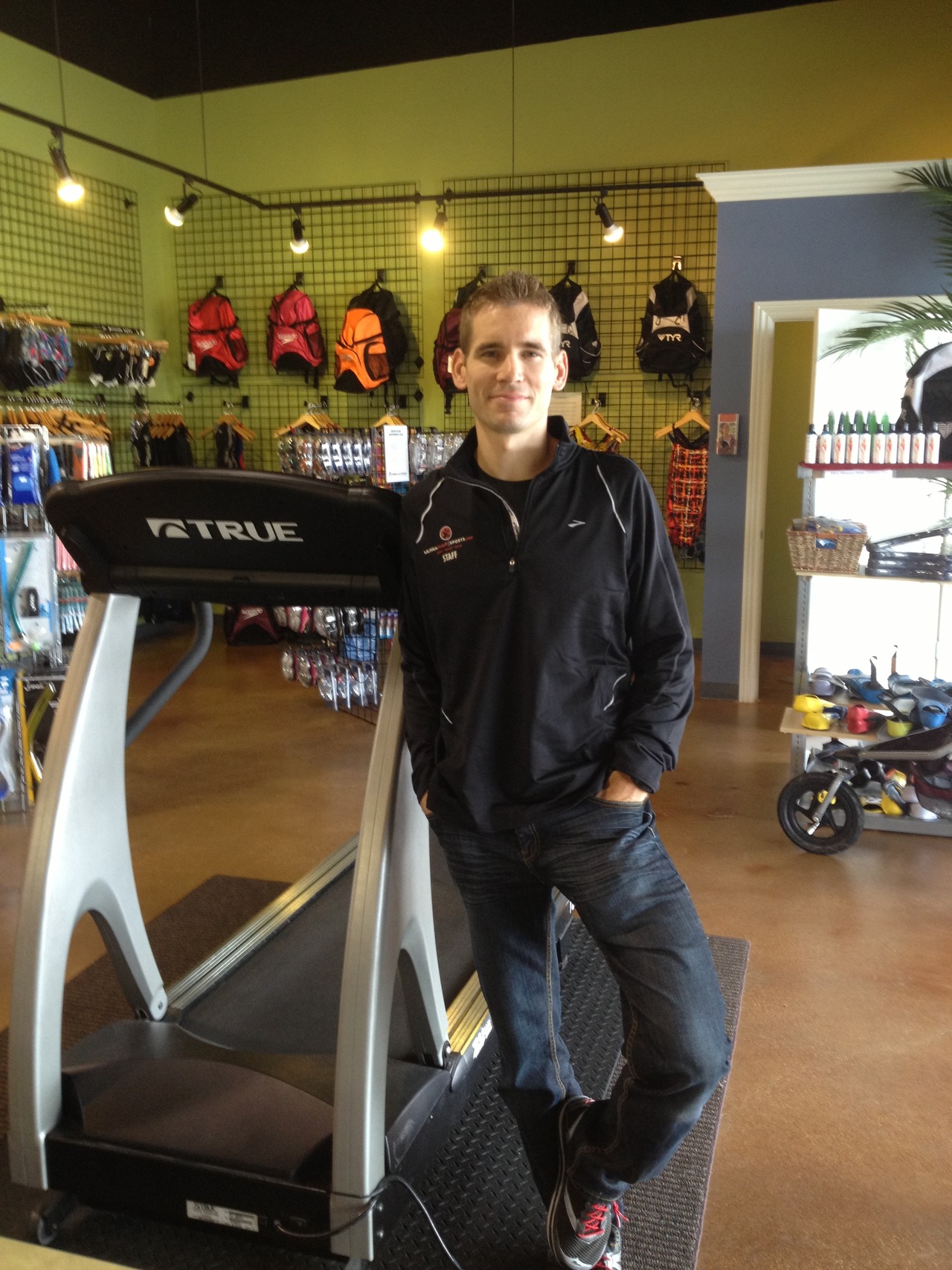Gait Guys, can I wear my racing flats during regular weekly base runs ?
/Perhaps the better question is “should you wear your racing flats for regular base building runs ?" Most injuries are based on a volume of impact miles across anatomy structures that are not appropriately protected or which have been encouraged into biomechanically challenged positions because of surrounding weakness or functional asymmetry.
In previous blog posts we have talked about the theory that more EVA foam is not always better and supported these ideas with research. However, the pendulum can swing to the opposite as well. It is also plausible that a tipping point of less foam also increases risk because of a lack of shock attenuation. The results of the study below demonstrated significant differences in peak pressure, maximum force, and contact area between the two shoe conditions of racing flat and regular training shoes (see study for specifics). There was a significantly higher maximum force measured in the lateral midfoot in the racing flats while an increased maximum force was observed beneath the rearfoot in the training shoe,
What the study did not go into was the foot type and the running form from what we could tell. Heck, it is even possible that the small "n” of the study could have included a bolus of cross over runners with forefoot varus for all we know. the study did not delve that deep. We have all learned that often it is not what you do but how you do it and additionally, although not entirely pertinent here, that what we see is often not the problem (translation: just because the peak pressures measured high in an area does not necessarily mean that the adjacent anatomical structure to the peak pressure will suffer the impact and trauma of said pressures. This is a dynamic load sharing organism, where things break down is rarely where the problem exists)
Bottom line from our standpoint, and this does not hold true for everyone but it is a fairly safe statement, if your foot type is not pristine and your running form could stand some perfecting then perhaps running flats for anything than race day is not the most sane and cerebral decision. This may be especially true if you are milking some subtle injuries or asymmetries that speak to you from time to time on a run. But to each his own. Human’s are inherently risk takers and subject to cognitive dissonance, especially when things are going well. And who knows, runners may fall even deeper into this profile for all we know.
Here is the study for your perusal.
If you want to get better at this game of assessment, shoe fitting and foot type matching you might want to consider our National Shoe Fit Program. Email us at thegaitguys@gmail.com if you want us to send you some information on our program.
Shawn and Ivo, The Gait Guys
Differences in plantar loading between training shoes and racing flats at a self-selected running speed.
Summarized Abstract:
The purpose of this study was to examine the difference in plantar loading between two different running shoe types. We hypothesized that a higher maximum force, peak pressure, and contact area would exist beneath the entire foot while running in a racing flat when compared to a training shoe. Peak pressure, maximum force, and contact area beneath eight different anatomical regions of the foot as well as beneath the total foot were obtained. The results of this study demonstrated a significant difference between training shoes and racing flats in terms of peak pressure, maximum force, and contact area. The significant differences measured between the two shoes can be of importance when examining the influence of shoe type on the occurrence of stress fractures in runners.



















